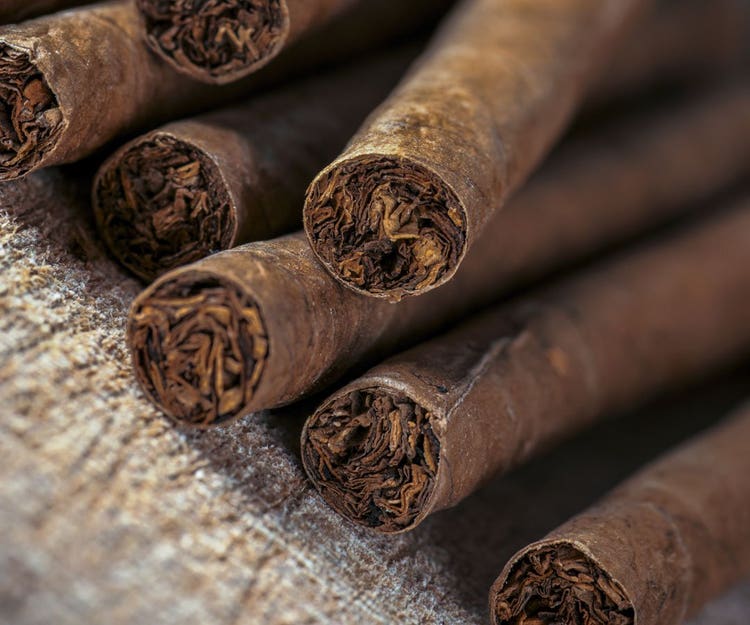
How to Find Invisible Holes in Your Cigars
So there you are enjoying your cigar, and you realize it’s not burning properly. The cigar appears to be burning only on one side. This is called “canoeing” for the dugout canoe-like appearance your cigar has taken on.
There are a number of reasons cigars will canoe or just burn funny. First, it could be the way the cigar was lit. If you were in a hurry, chances are you didn’t get all of the foot. Well-made cigars will usually correct themselves after that first half-inch or so. Maybe you didn’t clip enough of the cap. The cigar may feel like it’s drawing well, but if it’s not drawing evenly, that can factor-in to a poor burn.
The cigar could also be improperly humidified. If some areas of the cigar are drier than others, the cigar will burn poorly.
Another reason could be the bunching. Sometimes the ligero (the slowest burning of the tobacco leaves) will be bunched off-center, or the binder will be “double-bunched” (folded over itself). Because the binder burns faster than the other leaves, your cigar will begin to canoe. You may notice that this canoed section is also quite hard when you try to “ash it” off. Usually, it’s the ligero and the wrapper leaf holding it together.
The most common method of fixing this is to burn the canoed section off with a torch lighter. I call this “the flame thrower option.” If you don’t mind getting your cigar cutter a little dirty, a better way to go would be to clip the excess leaf off at the ash.
Imperceptible holes in the wrapper can also cause a cigar to leak smoke. These holes have a negative effect on the burn because when you draw on your cigar you’re also drawing air through those little holes.
One way to test if your cigar is leaking is to place it in the ashtray saddle, or hold it with the unburned side facing you. Starting at the foot, take a torch lighter and hold the flame close to the wrapper, then work back toward where the canoed section meets the ash. As the leaf ignites, you may see tiny smoke trails emanating from the still unburned portion of the cigar. That may be where the problem lies. If this is the case, it means the smoke is not being properly contained and will prevent the cigar from burning “clean.”
If the holes are close to the ash, let the cigar continue to burn normally (so to speak). Once the burn gets past the holes the cigar should correct itself. If you see numerous smoke signals rising at various points along the remaining length of the cigar, you may just have to toss it.
Look for signs of holes or cracks in the wrapper during the toasting process, too. Since your eyes tend to be focused on toasting, you may not be paying attention to any wisps of smoke that appear along the body of the cigar. The holes may even be on the underside where you can’t see them.
You can also do this at various intervals during your smoke even if the cigar appears to be burning fine. After ashing, apply the torch flame to the center of the foot. That will force the smoke out through any holes, cracks, and even gaps that may exist between the seams of the roll. I wouldn’t recommend doing this too often, as it could turn your cigar bitter from overexposure to flame.
Finally, a poor burn is usually the exception to the rule. Most premium handmade cigars are pretty well sealed once they’re rolled. If you do have a burn issue, you now know at least one way of finding the source of the problem.